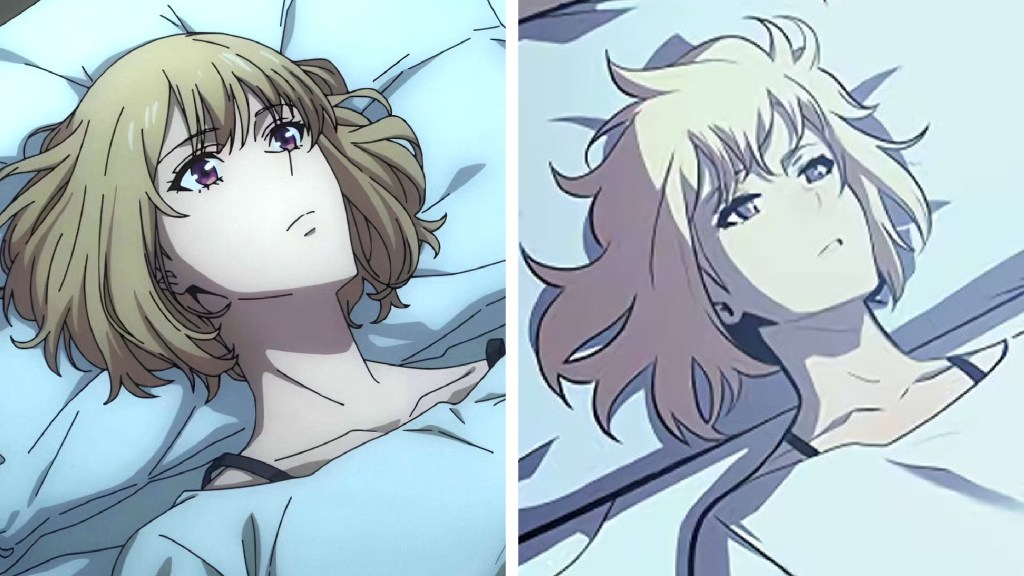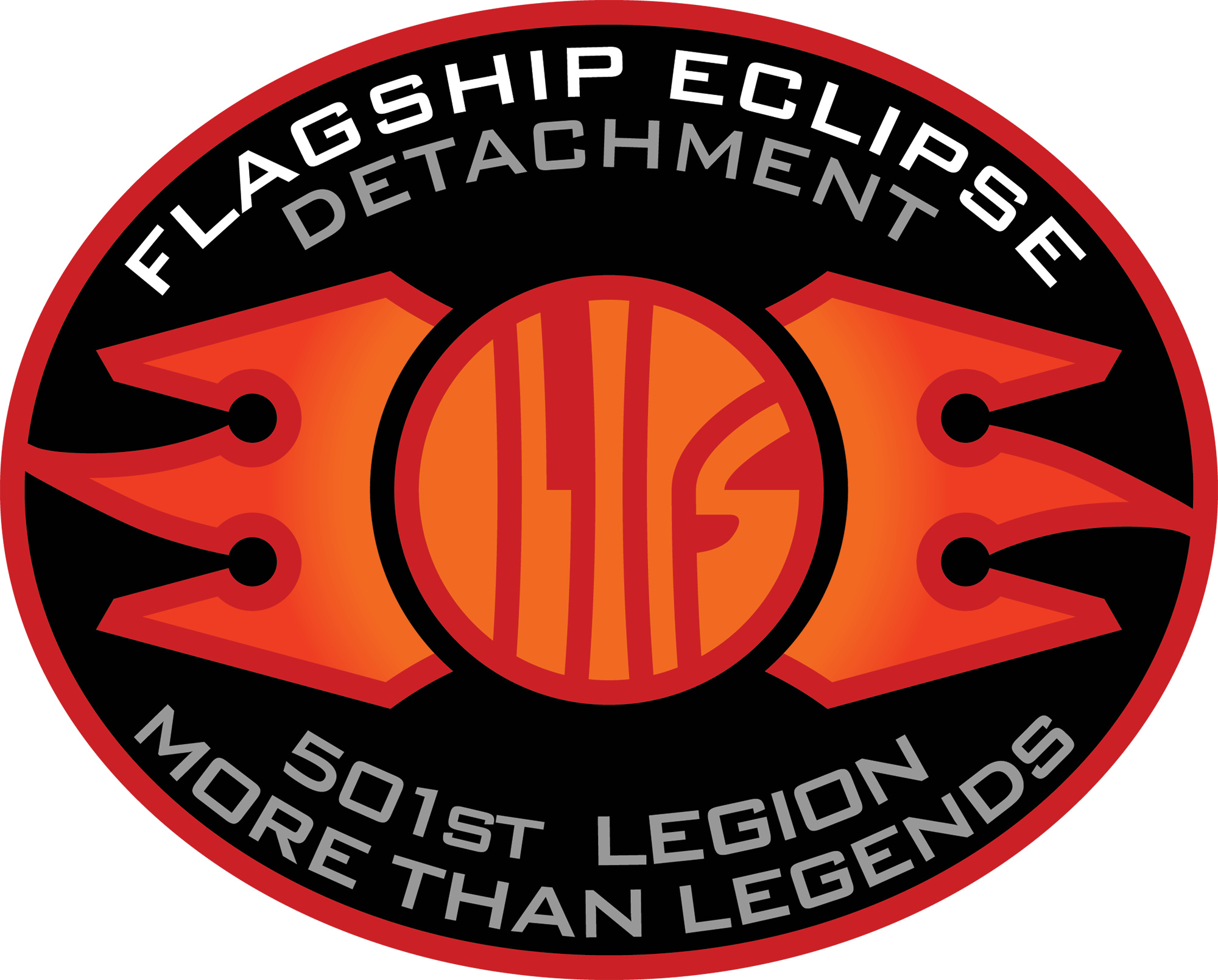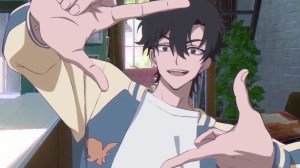
While you may have seen or heard the term being tossed around, you may be wondering, “What exactly is a ‘donghua‘?” Well, you’ve come to the right place! In the world of otaku, donghua may be somewhat beloved, but it is nowhere near having the renowned popularity like that of anime. This is unfortunate since the medium also deserves praise, given its own distinctly unique and stunning merits. But whether it’s anime or donghua, what makes either distinct?
Despite there being so many labels nowadays, isn’t it all technically the same? Frankly, it could be argued that there can be a range of meanings as to what the specific terms “anime” and “donghua” mean. Since at their core the individual words simply mean “animation”, it could be argued that something like, let’s say, Shrek could technically be an “anime” or “donghua” since it is, in fact, an animation, just not from either of those corresponding regions. But there’s gotta be more to it, right?
What Defines a Donghua and What Makes it Different from Anime?

Beyond the basic meanings of the words themselves, it tends to be more accepted to at least attribute origin as a core difference to these terms (i.e. “donghua” for Chinese animation, “anime” for Japanese animation). Granted, what’s pictured above is actually showing the contrast between the styles of the Solo Leveling anime adaptation versus the manhwa (which has South Korean origins), it is relatively recognizable as a meme that has illustrated stylized differences between different medium’s origins. Chinese animation, although sometimes referred to as “Chinese anime”, is more officially referred to as “donghua” as it’s produced in, well, China. Conversely, the term “anime” refers to Japanese animation/animation produced in Japan.
Getting into more nitty-gritty distinctions, there also tend to be stylistic and thematic differences. For instance, stylistically, while anime tends to more so favor 2D hand-drawn styles, donghua can be a bit more bold in its utilization of 3D/CGI animation and elements. Unfortunately, the frequent use of CGI and 3D animation can result in some pretty terrible works. But that’s not to say you should instinctively turn your nose up at donghua in general. Donghua such as Lord of Mysteries and To Be Hero X have shown uniquely stunning, masterful utilization of 3D elements combined with 2D styles. The use of 3D elements adds a touch of realism in Lord of Mysteries while it’s actually the dominant approach in To Be Hero X that works to beautifully and cohesively contrast with the 2D aspects.

In regards to content, donghua and anime may include certain distinct aspects given their respective origins, such as culture, mythology, religions, martial arts, philosophies, history, folklore, etc. For instance, anime may include certain Japanese themes and motifs such as references to Shintoism, historical samurai periods, or folklore, including mononoke or yokai.
Donghua, on the other hand, may feature distinctly Chinese cultural aspects such as traditional art forms like shadow puppetry, historical adaptations of classic tales like Journey to the West, or subject matter relating to Confucianism. Donghua even includes its own specific genres like xianxia (fantasy genre inspired by traditional Chinese culture) and wuxia (Chinese fiction centering on martial arts).
View Some Examples of Some Delightful Donghua

Link Click
Cheng Xiaoshi and Lu Guang run the Time Photo Studio under their landlady and close friend Qiao Ling. Under the guise of a photo studio, their trade instead involves the client providing the photo. With it, Cheng Xiaoshi and Lu Guang are able to travel back in time.
While Lu Guang provides guidance with his ability to see 12 hours into the photo’s future, Cheng Xiaoshi leaps back to the moment the photo was taken, assuming the identity of the photographer along with all of their memories and emotions. The two must then work together in order to solve the client’s request and relieve them of their past regret. But witnessing increasingly tragic events progressively takes a toll on Cheng Xiaoshi and eventually garners unwanted attention.
Link Click can be streamed on Crunchyroll.

Lord of Mysteries
June 28th, 1349 of the Epoch Calendar. Tingen City, Loen Kingdom. Time ticks as Tingen City’s Doomsday on September 9th gets ever closer. And this is the time and place Chinese youth Zhou Mingrui awakens to when his “Luck Enhancement Ritual” goes awry, transmigrating him into the body of university graduate Klein Moretti, a man who’d just committed suicide.
In a world where those with supernatural abilities, called Beyonders, strive to achieve god-like powers on the Path of the Divine, the newly awakened Klein must uncover the truth behind secret mysticism societies and his own mysterious suicide and transmigration. Using his wits to survive and masquerading as a god-like entity is only the beginning, as he forms an organization known as the “Tarot Club” and increases his own powers to return home.
The Lord of Mysteries ONA is to have a total of 13 episodes, with each episode released on Fridays on Crunchyroll.
To Be Hero X
In a world where people’s trust can be calculated by data, such quantified values can determine a hero’s ranking — the higher the trust, the higher the ranking, the higher the power one can achieve. And with high enough trust, even an ordinary person can become a superhero.
There’s even a tournament held every two years as to determine and adjust the trust rankings of heroes and the hero with the highest ranking is known as Hero X. When an ordinary citizen, Lin Ling, is thrust into the world of heroes taking the place of the late hero Nice, he soon learns both how difficult the life of a hero is but also how someone ordinary can become extraordinary.
To Be Hero X can be streamed on Crunchyroll.
What are your thoughts on what makes a donghua? Let us know what your favorite donghua are in the comments!
The post What Is Donghua and How Is It Different From Anime? Explained appeared first on ComicBook.com.


